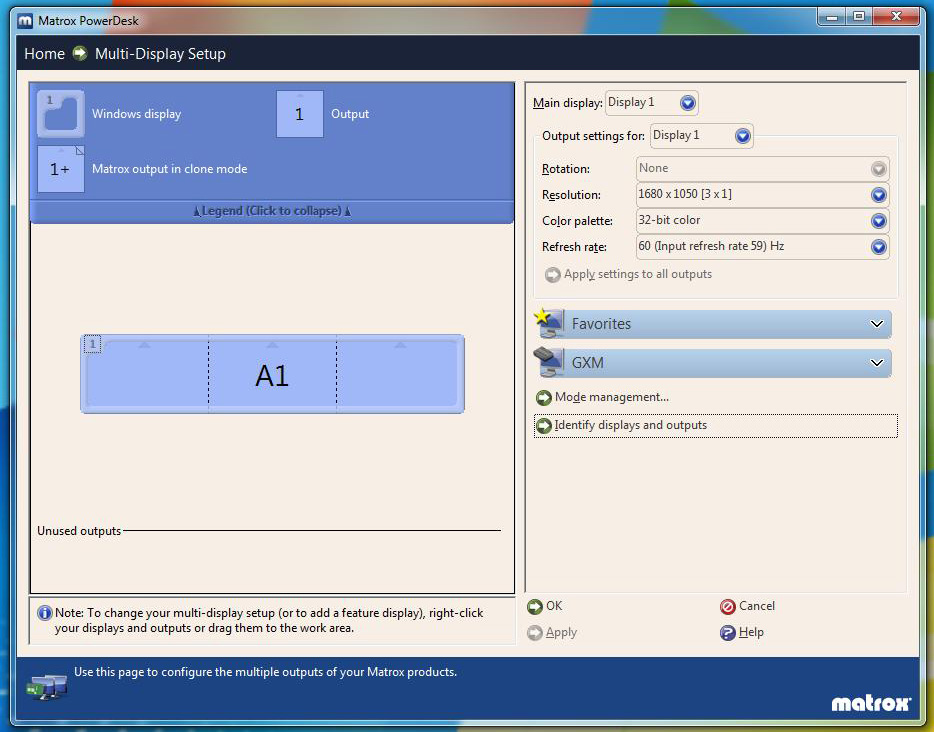Red vs Green vs Blue V2 - How they handle 3 screens
Startup screens
Ok, so this is a very minor point here, but I do like attention to detail. To me, it's a quality thing. When the BIOS and Windows loading screens are shown, Nvidia Surround keep the outside monitors disabled so the screens only appear on the center monitor. This is the way I would expect it to be.
The Triplehead2Go Digital Edition displays the BIOS and startup screens on just the center monitor, like Nvidia Surround, regardless of what brand GPU you use, which is great. However, for whatever reason, the DisplayPort Edition duplicates the screen on all 3 monitors. This gets annoying when you are navigating around the BIOS during overclocking, I end up turning the outside monitors off manually.
Eyefinity duplicates it on two monitors for some reason, and leaves the third blank. As per the Triplehead2Go DisplayPort Edition, I manually turn off the outside monitor to avoid going crazy when overclocking.
Single Monitor Fullscreen Applications
Another attention to detail issue is what happens when I choose to run a fullscreen program that is set to a single monitor resolution, while I am in a multi-monitor configuration.
Eyefinity simply duplicates the application on all 3 screens, forcing you to manually turn off the two outside monitors to avoid going crazy, especially if it's a game.
Nvidia Surround has made improvements since Version 1 of this article. It used to disable the outside monitor connected to the second video card but only blank the image on the second monitor connected to the primary card. The backlight used to annoy me. They have since rectified this, and now both outside monitors turn off. The performance issue that used to be present in this situation has been rectified also.
The TH2G Digital Edition turns off both outside monitors and just runs the application in the center monitor. Just like Nvidia Surround, this is gold; unfortunately the DisplayPort Edition performs differently. It duplicates the image on all 3 monitors, much like Eyefinity, which forces you to turn off the two outside monitors manually. I could not find a way to configure this in PowerDesk - much like the behaviour in BIOS, it seems to be a hardware thing.
Maximising windows
Matrox's PowerDesk software allows windows to be maximised to an individual screen, as the software divides the single large surface up into three sections on the desktop. This is true for both the Digital Edition and DisplayPort Edition.

Nvidia Surround has now introduced this functionality with the 301 series drivers. You can maximise windows to a particular monitor which is fantastic.
Unfortunately, Eyefinity doesn't do this. When a window is maximised, it maximises across all 3 monitors. This is frustrating as you cannot maximise a window to just one screen, you must manually resize it yourself. Some people I know who use Eyefinity change to an extended desktop for working, and switch to Eyefinity just for gaming, to get around this problem.
I tried to install ATI Hydravision to compare it to the Matrox and Nvidia setup, but I could not convince it that an ATI driver was actually running on my machine and it therefore would not load.